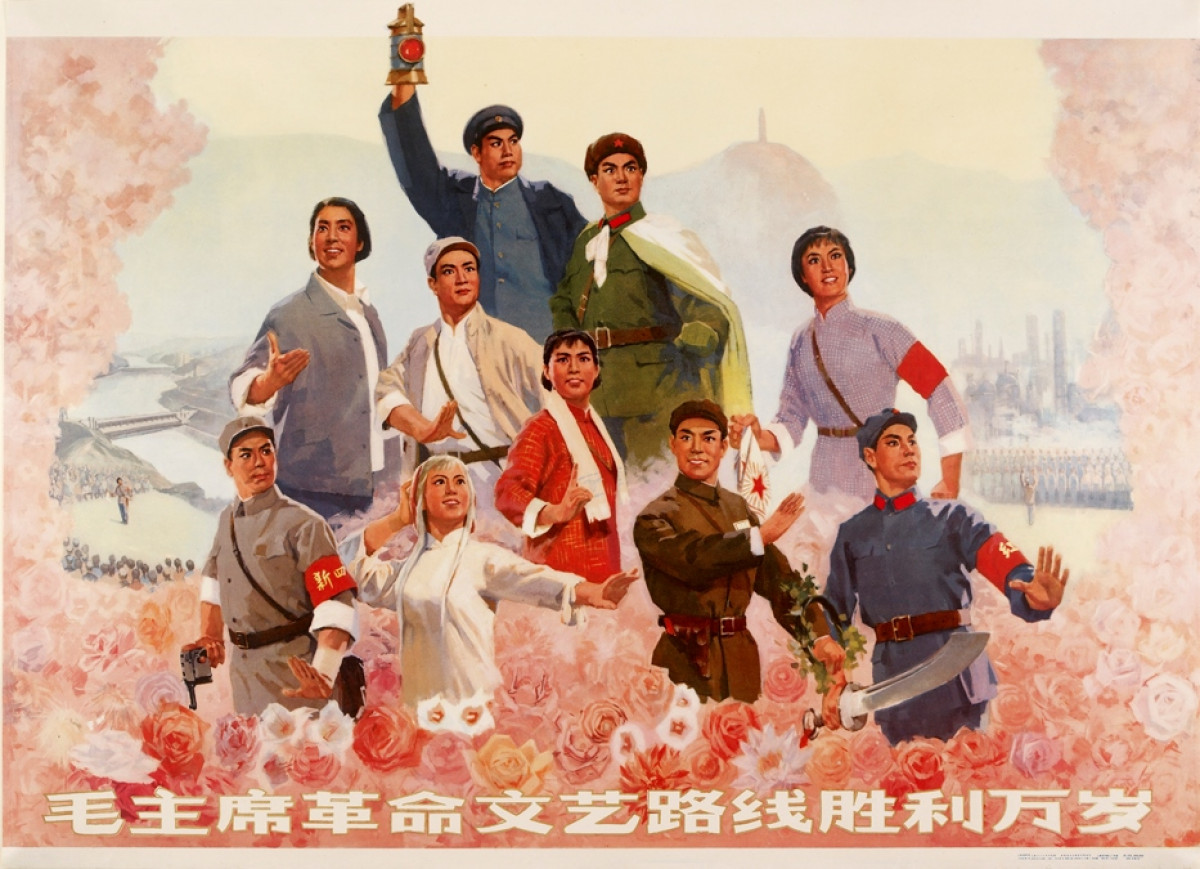
Cultural Revolution
State graphics in China from the 1960s to the 1970s
Saturday 23 February - Monday 27 May 2019
Propaganda posters, revolutionary landscapes and intricate papercuts collected in China during the 1970s
In 1942, Chairman Mao Zedong declared that all art should serve the worker, peasant and soldier. During the Great Proletarian Cultural Revolution (1966-76) this policy was vigorously implemented.
Images of the leader appeared everywhere: bold, colourful posters combined text and image to promote political messages. The predominant colour was red – colour of the revolution – and when Mao was shown, it was always amid a glowing light.
Traditional landscape styles were reimagined and now incorporated symbols of modern and industrial achievement. Even the traditional folk art of the delicate papercut, used to decorate windows at home, promoted ‘Mao Zedong Thought’.
This exhibition displays a selection of Cultural Revolution propaganda posters, revolutionary landscapes, images of the leader and intricate papercuts all of which were collected in China during the 1970s.
This is a touring exhibition organised by the Ashmolean Museum, University of Oxford.